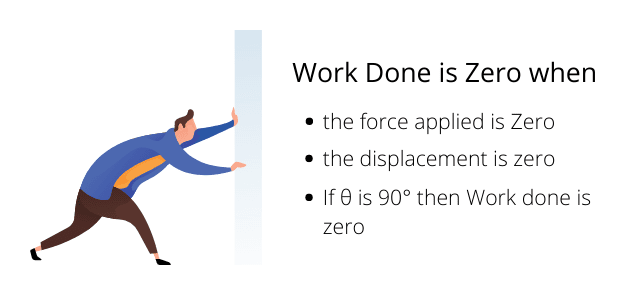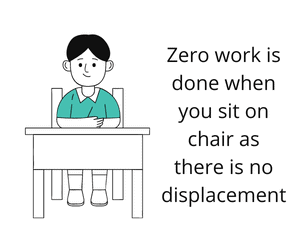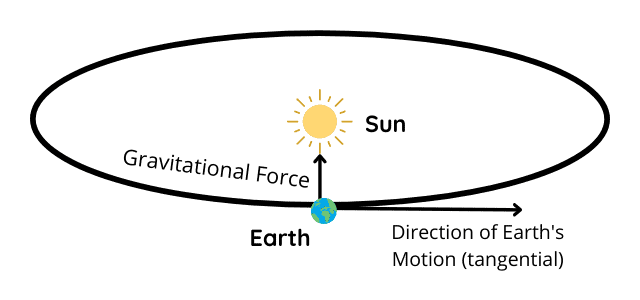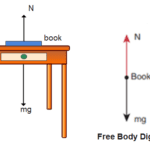Examples of zero work done this is what we would discuss in this article. We use phrases like the overworked and hard worker to express a person’s effort. But that is not how we define work done in physics.
Work Done in Scientific Terms
A force must be exerted and displacement must occur in the direction of the force for work to be done in a scientific sense.
Work is the product of the part of the force that goes in the direction of the displacement and the magnitude of the displacement.
The above concept can be expressed mathematically as follows:
$W=(F\cos \theta)d = F\cdot d$
where,
- $W$ represents the work done by force.
- $F$ represents the force, and
- $d$ represents the displacement caused by force.
- $\theta$ is the angle between the force and displacement vectors.
What is zero work done?
An object may be subjected to a force, a displacement, or both, but no work is done on it.
How do you know if work is 0?
When force and displacement are perpendicular to each other or when either force or displacement is zero, the work done is said to be zero.

Examples of zero work done
Now that we have established what is work done in physics and what is zero work done, let us now discuss examples of work not done in physics.
- A person standing still with bags in his hands is not doing any work.
This is because there is no displacement in the direction of applied force which is the force of gravity. Here, your hands exert a force on the bag to balance the force of gravity imposed on it, but because the bag is not displaced, the work done by you (your force) and gravity are both zero.

- There is no work done here if you push a wall but it does not move.
So in this case displacement is zero and the push force applied to the wall is not zero.

- You spend hours sitting in a chair. There is no work done here because there is no displacement.

- The work done by the Earth’s gravitational force when it revolves around the sun is zero.
This is because the direction of the gravitational force between the sun and the earth at any instant is perpendicular to each other. Because the earth’s velocity is tangential at any moment in time, the angle made between force and direction of motion is 90 degrees.
We know,
$W = F\cdot d = (F\cos \theta) d$
Here,
$W = Fd \cos(90^0)$
$W = Fd \times 0 = 0 J$

- Sleeping for several hours is another example of doing no work.
- When a body moves on a horizontal surface, gravity doesn’t do any work because the direction of force of gravity on the body is in the downward direction, which is opposite to the direction of the body’s displacement.
In this case, gravity does no work on the body. This doesn’t mean work done on the body is zero. The body moves horizontally. If it’s accelerating, a force is acting on it and doing work on the body. Thus, overall work done on the body is not zero.
Frequently Asked Questions
When work done is zero then the speed of a body is _______
When the work done is zero, the speed of a body remains constant.
This is because work is defined as the change in the kinetic energy of an object. If the object’s mass does not change and its velocity remains constant, then there is no change in kinetic energy and thus there is no work done.What is zero work done?
When force and displacement are perpendicular to each other or when either force or displacement is zero, the work done is said to be zero. For example, when we walk with an object in our hands, the force acts downward while the displacement acts forward.
In what condition is work done zero?
When force and displacement are perpendicular to each other or
2. When either force or displacement is zero, the work done is said to be zero.






